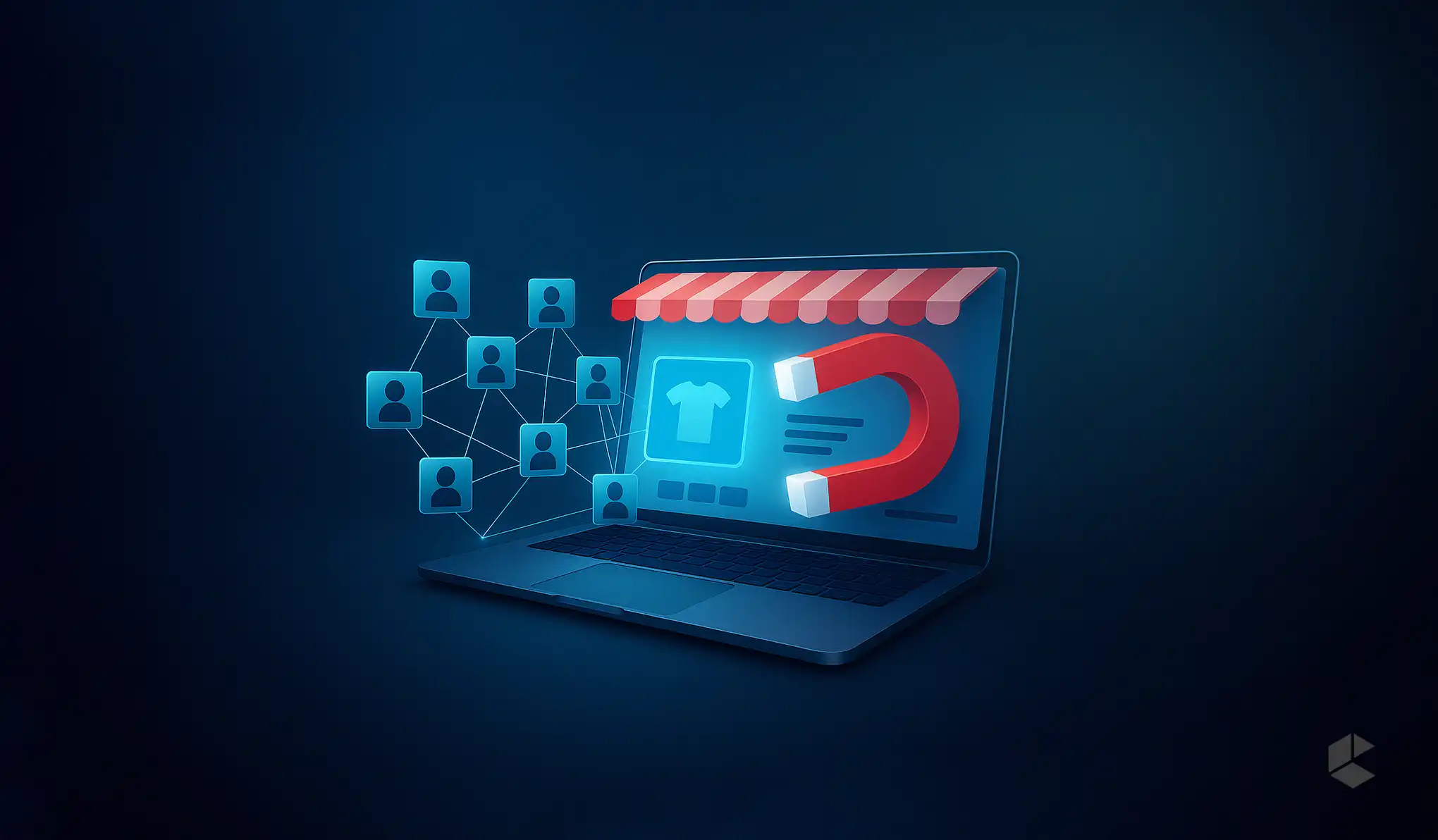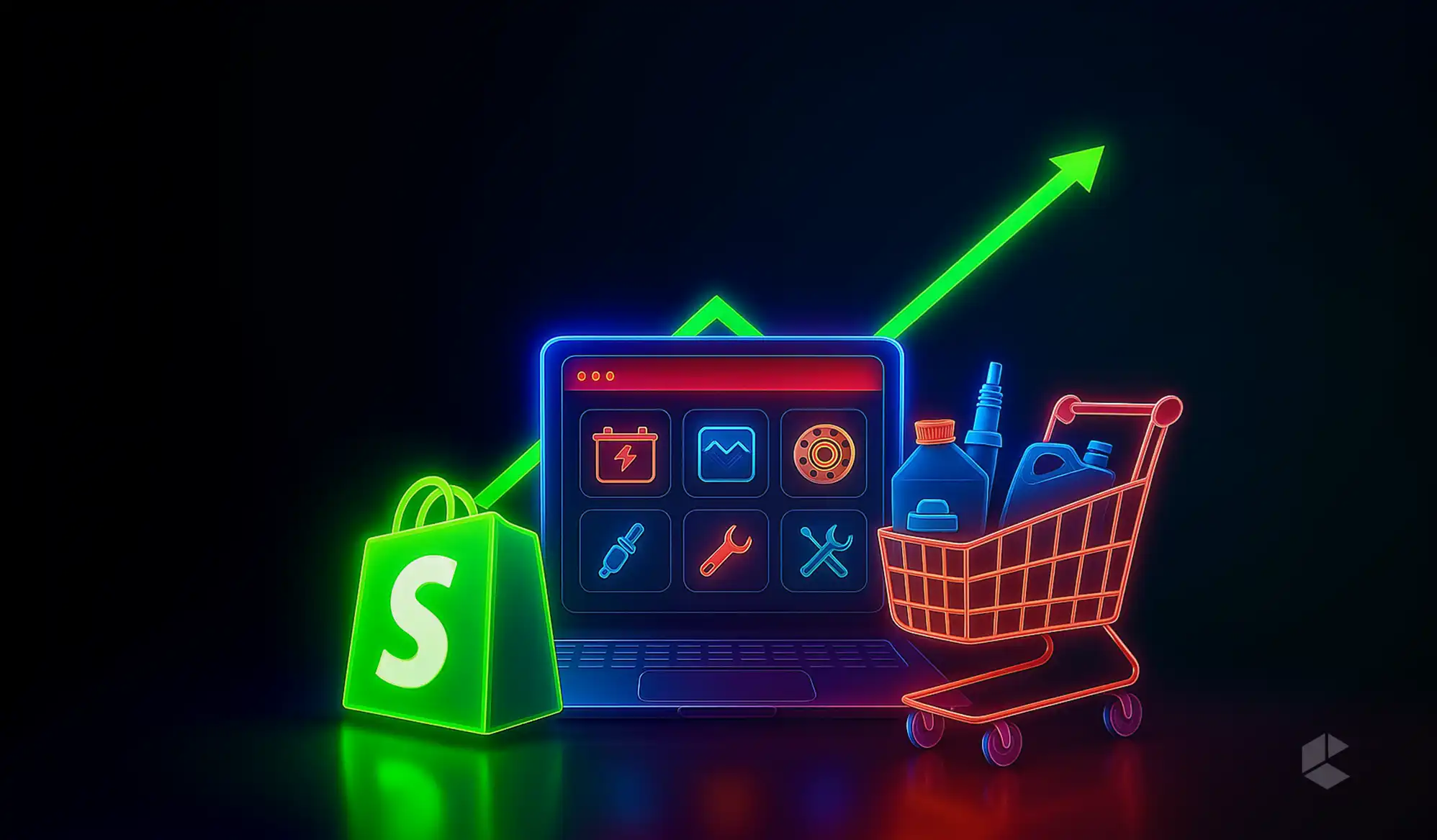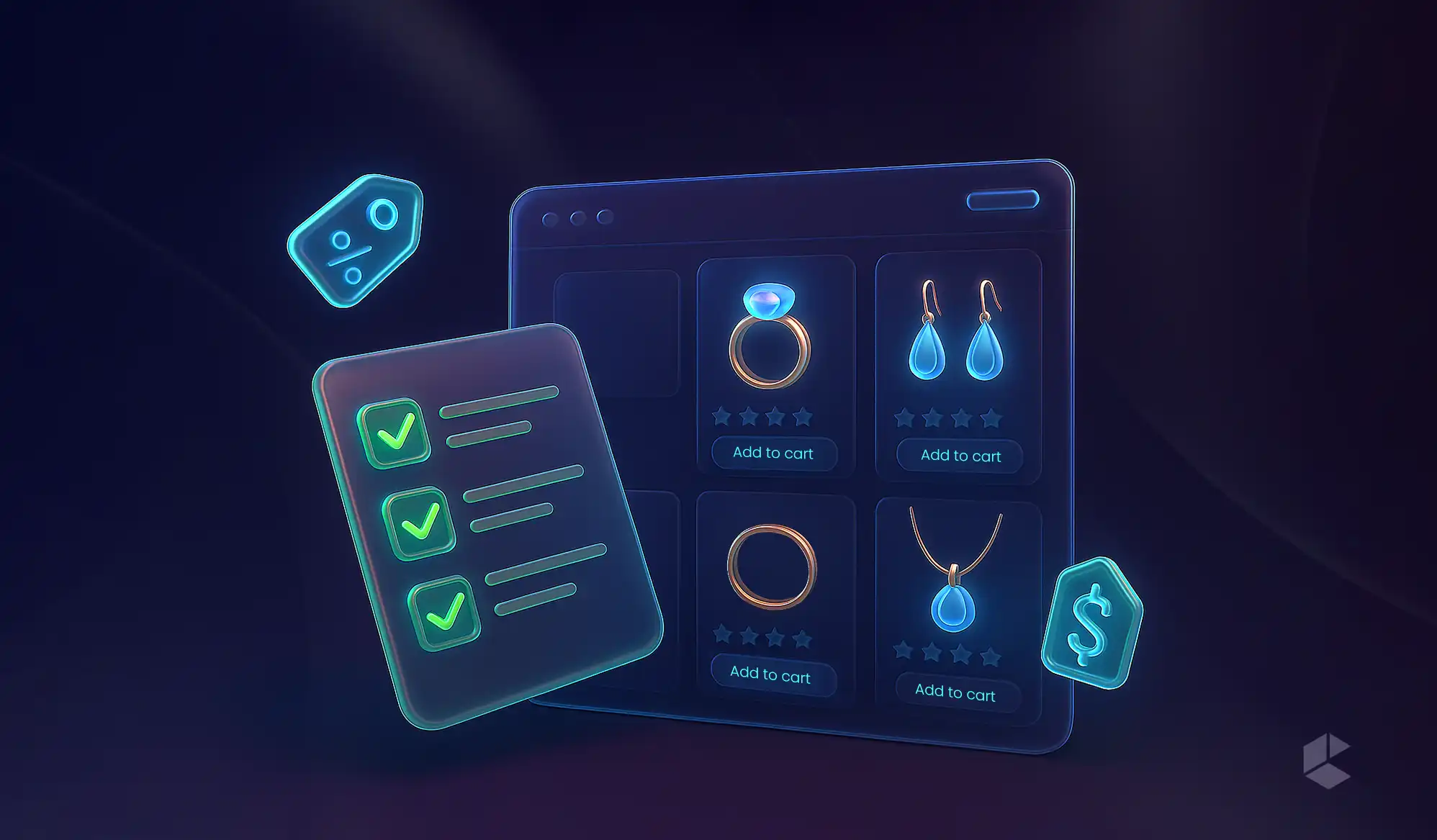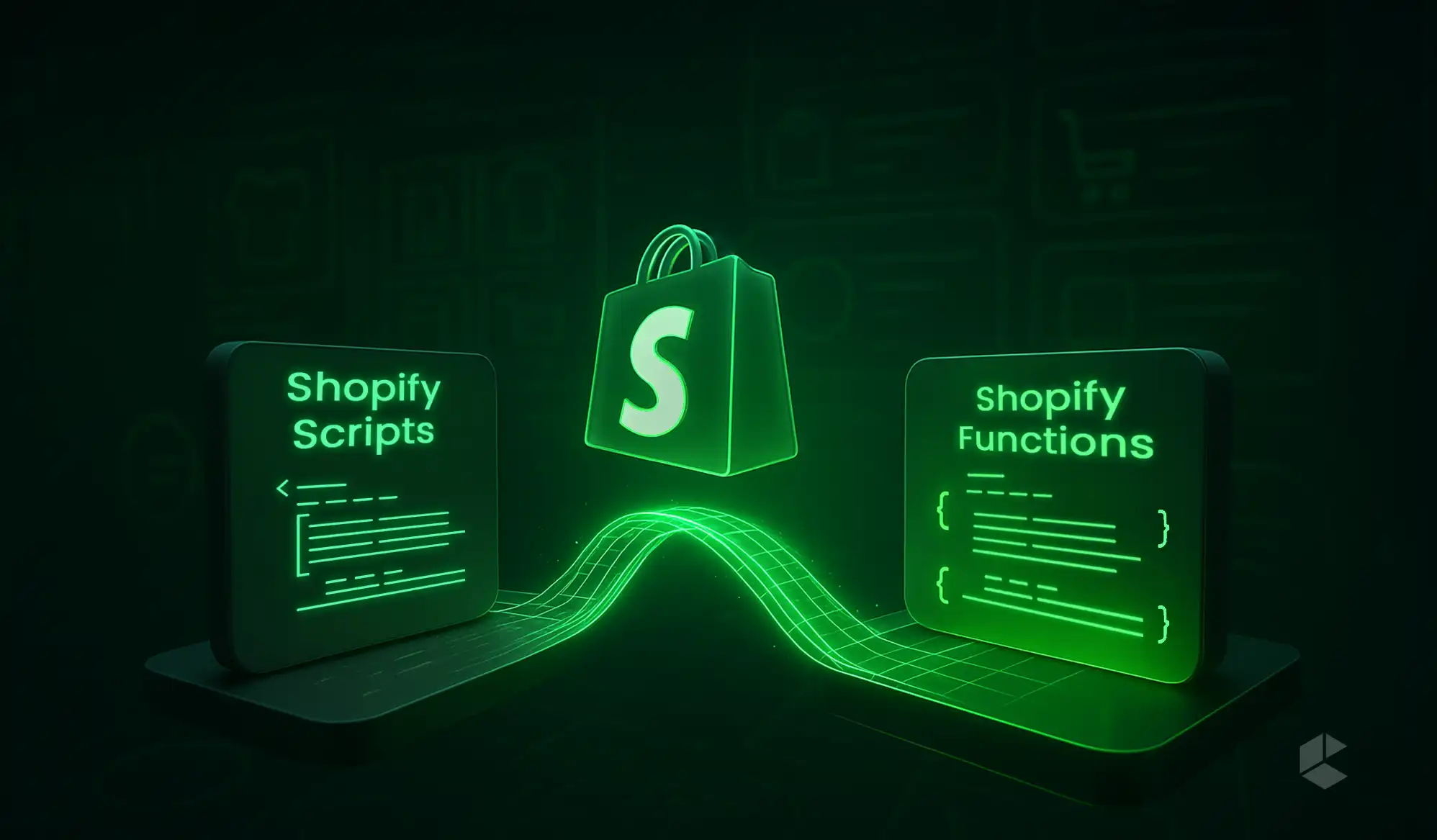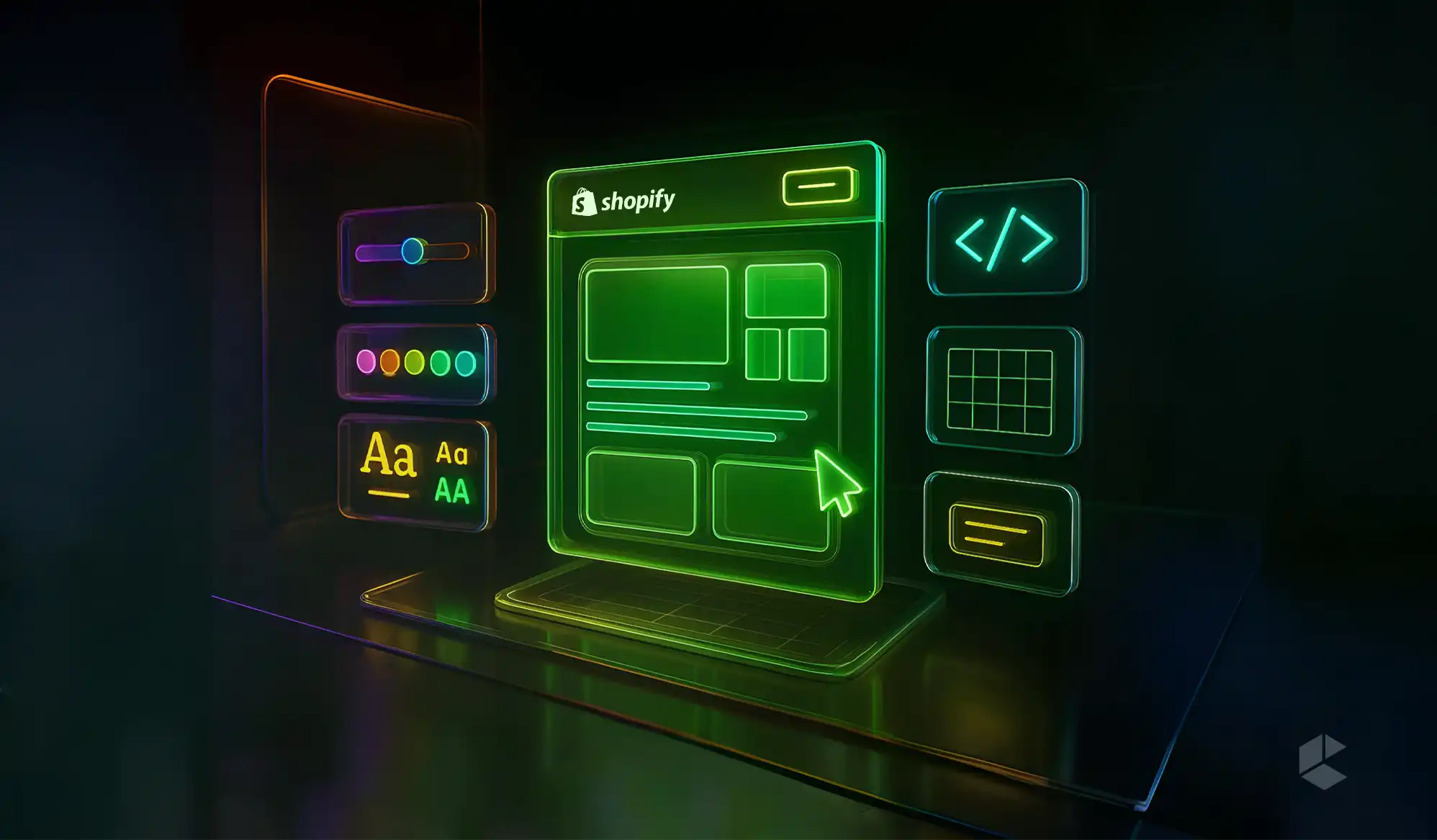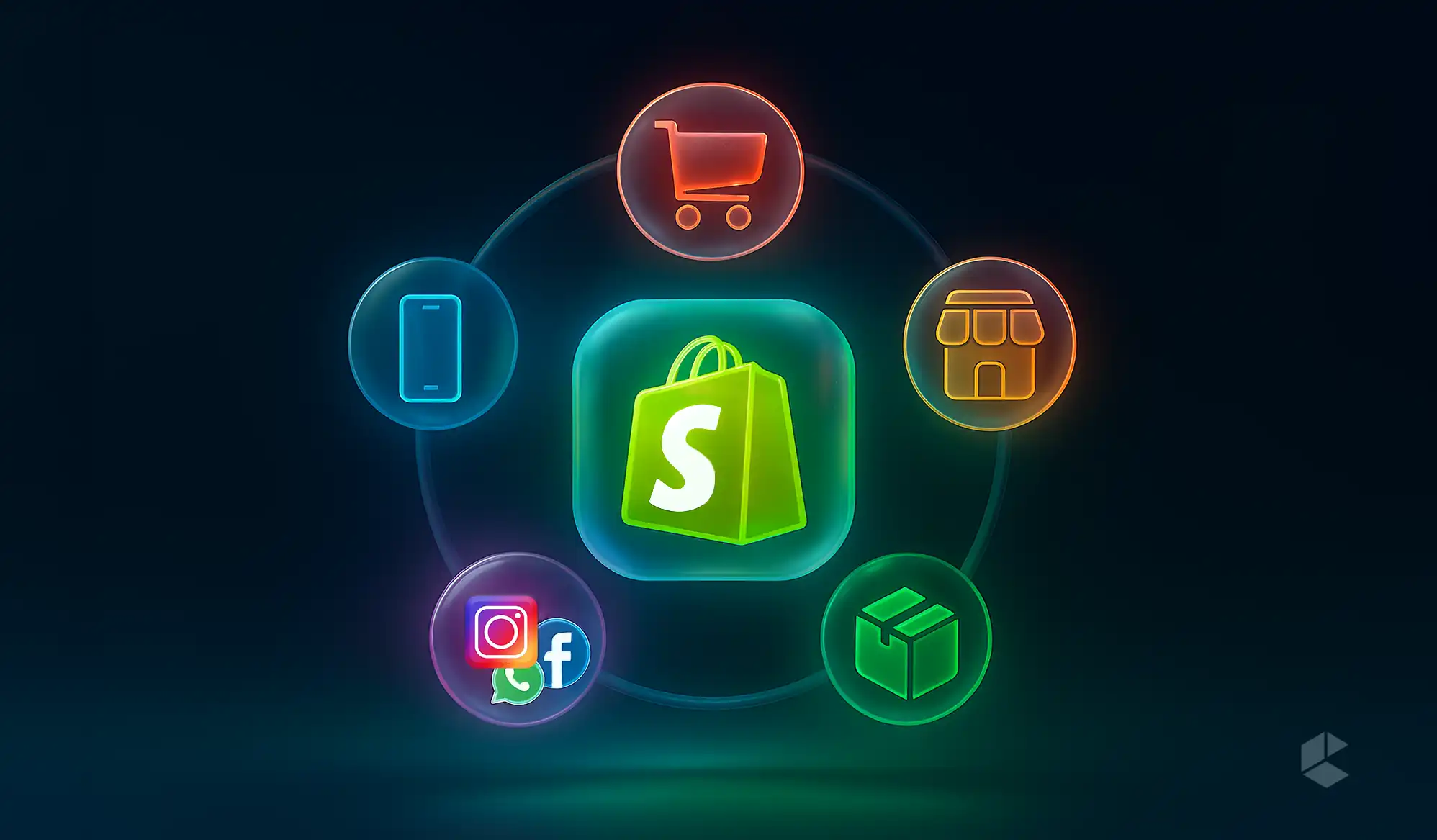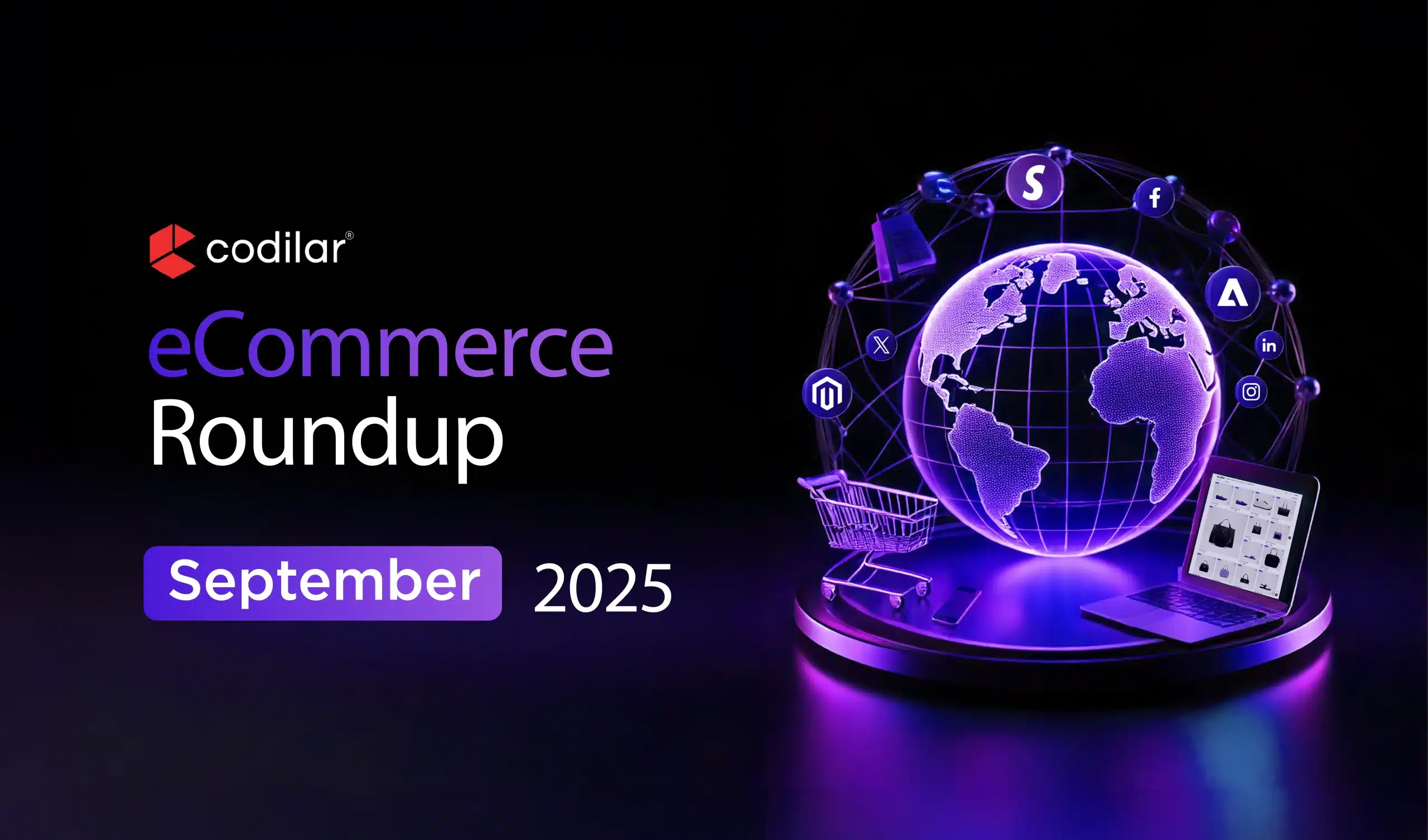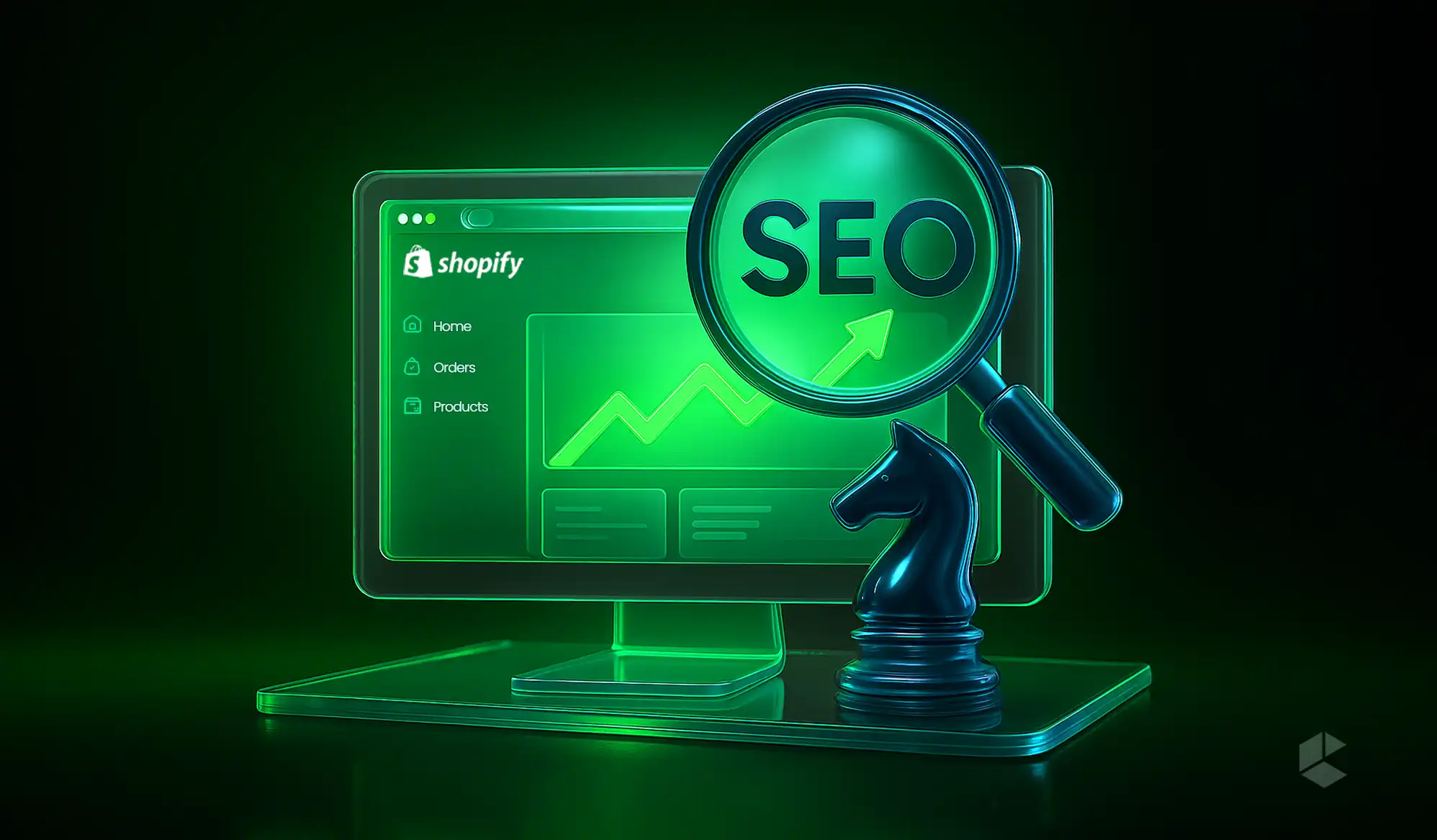Key Takeaways
- Retaining customers is more profitable and cost-effective than acquiring new ones.
- Personalization increases customer loyalty, engagement, and average order value considerably.
- Tiered loyalty programs form aspirational paths that make customers return.
- Easy returns and great post-purchase support have a direct effect on repeat purchases.
- Tactics driven from data, such as RFM analysis, effectively segment and target high-value customers.
- Regular communication across channels also makes your brand relevant and credible.
Customer retention is the backbone of any successful eCommerce store in today’s date. Not only is it cheaper to retain your existing customers, but it also offers you more profitability compared to acquiring new customers. As repeat customers are far more likely to make more frequent purchases, spend more at checkout, and refer your brand to others, customer retention is something you cannot afford to neglect.
In this blog, we have outlined 13 highly effective strategies to improve the customer retention of your eCommerce store. From personalized messaging to loyalty programs and customer segmentation, we have covered everything you need to get started on your customer retention game. Whether you run a small store or a large enterprise, these expert tips apply to all.
Why Customer Retention Matters
Compared to the first-time shoppers, regular shoppers spend 67% more! According to studies, you can gain 25-95% more profits just by retaining 5% more customers!
While this data may seem far-fetched, considering the value your regular customers can bring, these numbers are quite practical. From word-of-mouth brand endorsements to fighting the high customer acquisition costs, repeat purchases can help your store grow like nothing else can!
How Do You Measure Customer Retention Rate in eCommerce?
You can easily calculate the customer retention rate of your store for a specific period of time. There’s a simple formula that will give you the exact percentage of how many customers are staying with your brand. Here’s the formula to find out the customer retention rate of your store.
CRR = [(E – N) / S] × 100
- E = Number of customers at the end of a specific time period.
- N = Number of new customers acquired during the time.
- S = Number of customers at the start of the period
Here’s an example to understand it further:
Let’s say, at the beginning of a 3-month period, you had 10,000 customers, got 3000 new customers, and ended the 3-month period with 11,000 customers. In this case, here’s what your retention would be:
[(11,000 – 3000) / 10,000] × 100 = 80%
When you check your CRR monthly, quarterly, half-yearly, or annually, you get solid data on how your retention strategies are working and whether you need to up your game.
What’s a Good Ecommerce Customer Retention Rate?
There’s nothing like a “good” retention rate, as it widely varies from one industry to another. While you can start with a general benchmark, you should always check the average customer retention rate of your industry before you proceed.
- 20–30%: Average CRR for most eCommerce businesses.
- 35–45%: Strong CRR for brands that have higher repeat-purchase potential (like pet care, beauty, or grocery).
- 50%+: Exceptional CRR, typically seen in stores with loyal customer bases or highly-engaging niches.
On average, if your customer retention rate falls below 20%, you need to evaluate what you’re doing wrong. Read the following strategies to check whether you’re making any mistakes with these strategies.
13 Ways to Enhance Ecommerce Customer Retention
Here are the 13 proven methods to enhance the customer retention of your eCommerce store. If executed correctly, you can have a store with higher customer retention and reduce your customer acquisition cost.
1. Personalize at Each Touchpoint
True personalization goes far beyond “Hello, [First Name]”. Use your customers’ shopping history, browsing habits, and demographic information to provide customized product suggestions, dynamic email copy, and tailored in-site experiences. For example, dynamically replacing home page banners with categories each customer has browsed can boost clicks by more than 40%.
Segment your email lists not only with recency of purchases, but also with average order value and browsing intent. The micro-segmentations can increase open rates by nearly 30%. Don’t stop with marketing, though! Use personalization on post-purchase paths as well, with trigger messages referencing the very products purchased and recommending accessories.
The more you make each customer feel seen, the more their loyalty to your brand will increase. Result? The chances of them shopping from your store increase significantly.
2. Building a Tiered Loyalty Program
No longer can there simply be a “points for every dollar” strategy. Today’s consumers yearn for the feeling of progress and exclusivity. Map out a tiered loyalty program like Bronze, Silver, and Gold, where customers unlock more lucrative rewards with each step up.
Bronze could offer free standard shipping, while Silver may offer a birthday present, and Gold can offer early access to limited-release drops. Companies like Sephora say, tiered loyalty leads to 20% increased annual spending among top-tier members. To maintain high engagement, show progress bars on account screens, and automate reminders when customers are about to reach the next tier.
You also need to include both monetary and experiential rewards, like members-only webinars, styling sessions, or community-only events, as customer incentives. Remember: you’re building an aspirational journey, not just an additional points headline.
3. Maximize Onboarding and First-Buy Incentive
The first impression can make or break whether or not a shopper turns into a single-time customer or a loyal consumer. You should lower the barrier to entry with an urgency-driven welcome incentive like 10–15% off initial orders or free shipping, sent immediately with email capture. Then, follow it up with an efficient three-email series:
- Welcome and Brand Story: Share your company mission and values.
- Product education: Send emails with the best-sellers and how-to guides.
- Next-Buy Incentive: Give your customers an upsell or bundle offer as an incentive for the customer to order more.
Test both the discount amount and messaging tone since both direct discounts and value-added bundles may work for different types of audiences. Within a couple of weeks, measure the improvements in second purchases. The target goal should be an increment of at least 15% versus control.
4. Utilize Subscription and VIP Membership Models
Subscription plans and paid VIP membership secure predictable, recurring income while building customer relationships. Find consumables such as skincare, supplements, and pet products that are suited to auto-delivery formats, and add incentives such as free express delivery or subscriber-only products.
On the other hand, you can also try introducing a paid VIP program like Amazon Prime, with benefits like early sale notifications, special customer care lines, and additional points for loyalty.
Make it easy for your subscribers to adjust delivery frequency or skip plans to reduce churn. Focus on the convenience element while marketing – subscribers shouldn’t need to worry about reorder timing. Your subscribers can easily create 2–3x higher lifetime value over time compared to first-time buyers.
5. Simplify Customer Support and Minimize Waiting Time
Frictionless support is an eCommerce supercharger for retention. Statistics indicate that 94% of eCommerce customers expect their questions answered in 24 hours, while the typical hold times are around the 80-second mark for phone calls.
- Start with the use of AI chatbots to handle routine questions, order tracking, size charts, and returns processing, with smooth escalation to human representatives for more complex problems.
- You should also focus on expanding the channels for communication. Channels like WhatsApp, Messenger, and SMS can directly capture customers on their favorite platforms.
- Implement a solid self-service knowledge base and integrate it natively onto product and checkout pages, which can single-handedly deflect as many as 30% of tickets.
- Finally, monitor CSAT (Customer Satisfaction Score) and first response times religiously – see peak volume windows and staff them accordingly to avoid backlogs.
6. Master Post-Purchase Engagement
The “thank you” page and follow-up messages are the best arsenal you’ve got to improve engagement. Right after a purchase is complete, send an order confirmation with clear shipping information and insert a real-time tracking link. Then, post-delivery, follow with value-added content (assembly instructions, styling ideas, or anything that makes customers fully appreciate their purchase) after 3-5 days. Softly invite them to review or post photos in exchange for the bonus of some loyalty points.
Within two weeks after delivery, trigger a “what did you think?” survey to uncover issues early. Ultimately, cap the series around day 21 with a repeat-order discount. Sending it before product restocking rotations can encourage immediate repeat purchases.
7. Implement Exclusive Discounts and Flash Offers
Nothing evokes excitement like a “surprise and delight”. Target your top 10% spenders and surprise them with unadvertised flash sales or mystery offers via SMS or app push for maximum urgency. Schedule the events seasonally to make sure that it’s exciting but not a common occurrence at the same time.
For larger audiences, try “happy hour” promotions to fill mid-week slumps. Monitor redemption by cohort to prevent simply cannibalizing full-price sales. When done with proper strategy, members-only promotions can drive repeat purchases 15–20% higher during promo intervals.
8. Audit and Optimize Your Email Strategy
Email still leads all channels of retention – it can offer as much as $40 return on each dollar spent. But to maintain relevance, run a quarterly checkup of your email pipeline:
- Welcome Series: Are you limiting it to three messages? Fatigue signals?
- Cart Abandonment: Are reminders sent at intervals of 1, 24, and 72 hours?
- Re-Engagement: Do you re-engage inactive customers after 60 days?
Personalize subject lines with offers or time limits (“Your $10 reward expires tomorrow”) and always connect each email with one distinct call-to-action. Utilize preference centers to enable subscribers to control frequency and content choices – this sense of empowerment can cut unsubscribe rates in half.
9. Encourage Community and Referral Programs
Loyal customers who spread the word about your brand are gold. Start a referral program with both referrer and referee rewards. For example, offer a $10 credit for both referrer and referee; then advertise it on post-purchase emails and thank-you pages. At the same time, develop exclusive online communities (Slack/Discord/Facebook Groups) where high-end members can get early product insights and peer help.
Encourage user-generated content with monthly contests – highlight winners on your home page and social media. By integrating community and referrals into retention, you will be able to activate both network effects and social proof.
10. Encourage and Respond to Customer Feedback
Feedback loops denote that you are really listening. Interweave short NPS or CSAT surveys at strategic touchpoints (following customer support interactions, after delivery, and quarterly through email). Categorize responses by theme (site navigation, product quality) and prioritize issues into high-, medium-, and low-severity buckets.
Showcase quick wins (like “You asked, we delivered: new one-click returns”) in newsletters and on-site promotions to strengthen trust. Gather actionable insights that can help you improve customer retention. For example, if most of your returns are caused by size confusion, updating your product pages can reduce returns by as much as 15%.
11. Simplify Returns and Refunds
An open-handed, easy returns policy is a customer retention driver. Provide prepaid labels and immediate refunds at drop-off or scan. Make the policy prominent at checkout headers and in the FAQs to prevent purchase reluctance.
Have one-page returns portals where customers input minimal data, email, and order number, to create a shipping label in under 60 seconds. Review reason codes monthly; if an item doesn’t match description is the leading reason, work on the product copy and imagery. Brands that have frictionless returns have an 18% decrease in new customer churn.
12. Utilize Predictive Analytics and RFM Modeling
Not all customers are created equal – RFM (Recency, Frequency, Monetary) segmentation lets you reach high-value cohorts with just the right offers.
Score each customer with numbers 1 through 5 for each of the three RFM parameters, and divide them into segments like “Champions”, “Loyal”, “At Risk”, and “Lost”. Based on this segmentation, you can automate business flows. For example, “At Risk” customers get a re-engagement series with special promotions, while “Champions” get VIP privileges.
You can overlay predictive churn models driven by machine learning to predict which segment is likely to drop out next month, and send targeted messages ahead of time. Firms deploying RFM have increased repeat purchases by more than 25%.
13. Send the Right Message at the Right Time
The timing of messages can be the decisive factor for the success of your outreach. Send “abandoned cart” reminders within an hour of abandonment – this time frame recovers up to 70% of recoverable carts.
Leverage “back-in-stock” notifications the moment popular SKUs are restocked; conversions from these are 2–3 times higher than from broadcast messages. You can also schedule special offers around customer anniversaries like 30 days, 6 months, and 1 year from first buy, and limit sequences to avoid over-contacting.
Moreover, you need to respect subscriber choices! Don’t email someone who signed up for SMS only. Balancing message frequency and channel intent achieves the highest engagement with the least fatigue.
Customer Retention Examples (Real-World Wins)
Looking for inspiration? Here are a few retention strategies in action:
- Sephora: Sephora’s Beauty Insider loyalty program is an excellent example of a successful retention strategy. It grew to more than 34 million members (by 2023), who contributed to 80% of its sales. Moreover, according to reports, this had also contributed to a 13-51% upsell revenue increase and a 22% cross-sell increase.
- Chewy: One of the most famous pet brands in the world, Chewy is known for its customer-centric approach. With their pet portraits and handwritten cards, they get exceptional word-of-mouth and brand loyalty. This is the reason why their overall customer retention rate in 2023 was around 91%! This also helped them achieve $500+ net sales per active customer, according to a 2023 report.
- Amazon: 15% of Amazon shoppers were active subscribers of its Subscribe & Save model as of mid-2023, since it helped with easy reordering of essential items at a discount. This led to 100 million recurring deliveries every month!
Conclusion
Customer retention is a continuous task that requires a lot of work and taking care of minute details. From ensuring frictionless experiences to analyzing data, building data-driven strategies, and delivering personalization, there’s a lot involved in customer retention. By following our 13 handpicked customer retention methods, you can build and maintain everlasting relationships with your customers, which can lead to minimized churn and sustainable growth.
How Can Codilar Help Enhance Your Ecommerce Store’s Customer Retention Rate?
Codilar isn’t just an eCommerce development company; we are the architects of impeccable customer experiences that make customers keep coming back for more. Here’s how we can help with your customer retention:
- Personalization & Marketing Automation: We help with personalized customer journeys and behavioral triggers by integrating advanced tools like MoEngage, Klaviyo, or Adobe Campaign.
- Loyalty Program Implementation: With our custom loyalty engines and ready integrations like Yotpo and Smile.io, you get effective systems that reward repeat purchases
- Performance Optimization: Our developers build lightning-fast stores with seamless user experiences that reduce bounce rates and add to retention.
- Smart Segmentation with RFM: We can help you segment your audience effectively based on value or behavior, and target them with custom strategies.
- Seamless Returns & Order Tracking Systems: Our customer-centric, intuitive return and tracking workflows are designed to reduce friction and improve post-purchase experiences.
FAQs
Here’s the formula to calculate CRR (customer retention rate) for a given period: ((Ending Customers – New Customers) / Starting Customers) * 100.
If you started with 100 customers at the beginning of 2 months, got 30 new customers, and finished the 2 months with 110 customers, your retention is: ((1100 – 300) / 1000 * 100 = 80%.
Customer retention is more profitable because repeat buyers spend more and negate the cost of acquiring the customer. It also brings more brand loyalty, more predictable revenue, and less marketing cost.
Based on data shared by MoEngage, 75% is the average customer retention rate, and it is suggested that the rate of retention ranges between 16.5% and even 84%. When it comes to eCommerce, 20–30% is the average retention rate.
Some of the prevalent and functional customer retention methods vary from personalized messaging, reward programs, and quality after-sale support to special offers, user experience, and email / SMS marketing.
Some of the most powerful tools for retaining customers that are used widely across international brand companies include Klaviyo (email/SMS automation), LoyaltyLion / Smile.io (loyalty programs), Zendesk (customer support), and HubSpot / Salesforce (CRM and automation).
